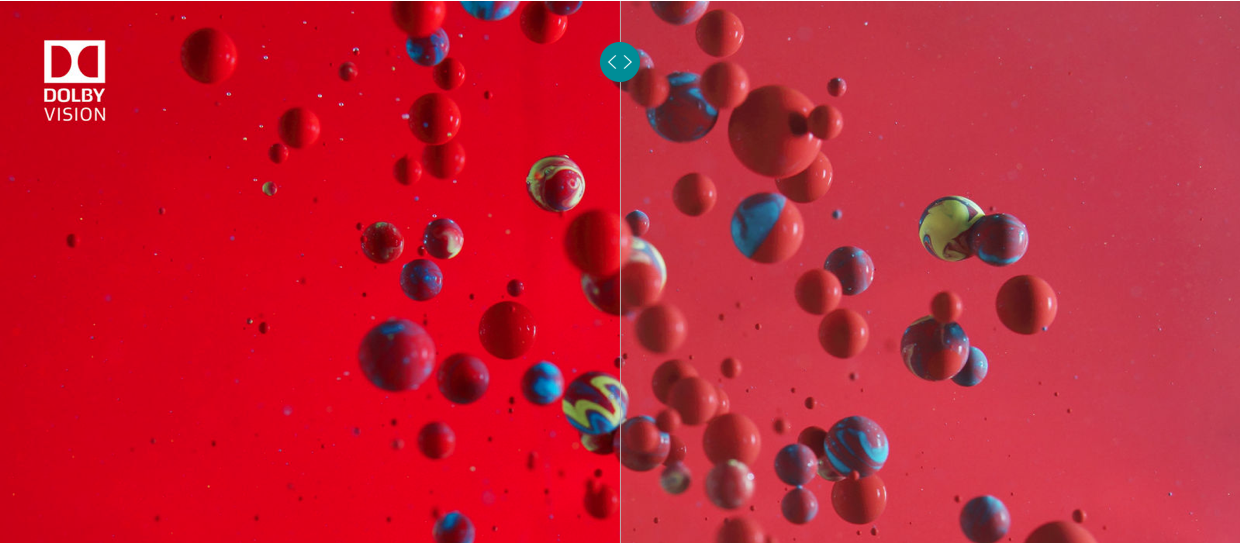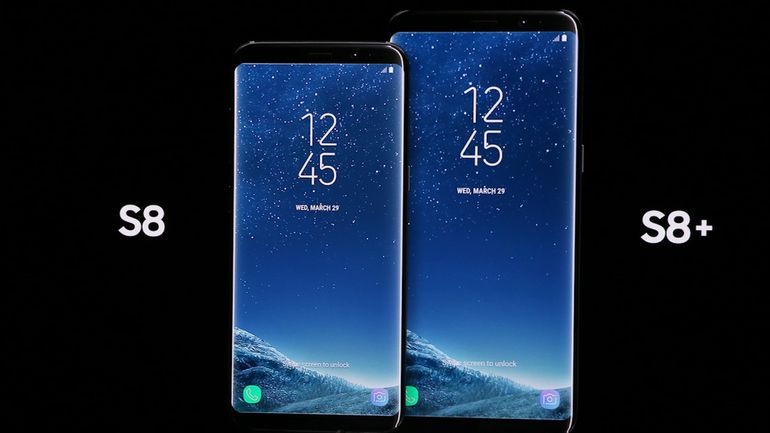One might ask what is HDR? HDR stands for High Definition Ranging and HDR 10 is the latest open standard for HRD and Dolby Vision is something that Dolby has developed, which can be seen on high-end smart TV and latest flagship smartphone. To create HDR content, one needs special tools and the file size will be much higher than the normal HD content. In fact, HDR 10 and Dolby Vision is the golden standard for the multimedia viewing experience.
So, basically HDR enhances the overall colours and make it pop out of the display, to enjoy the HDR content, one needs high special HDR enabled device. The common source to find the HDR content are YouTube, Amazon Prime Video, Netflix, and Vudu. One thing to clarify here is the fact that, not all the content on these platforms are HDR enabled and one has to look for the proper content.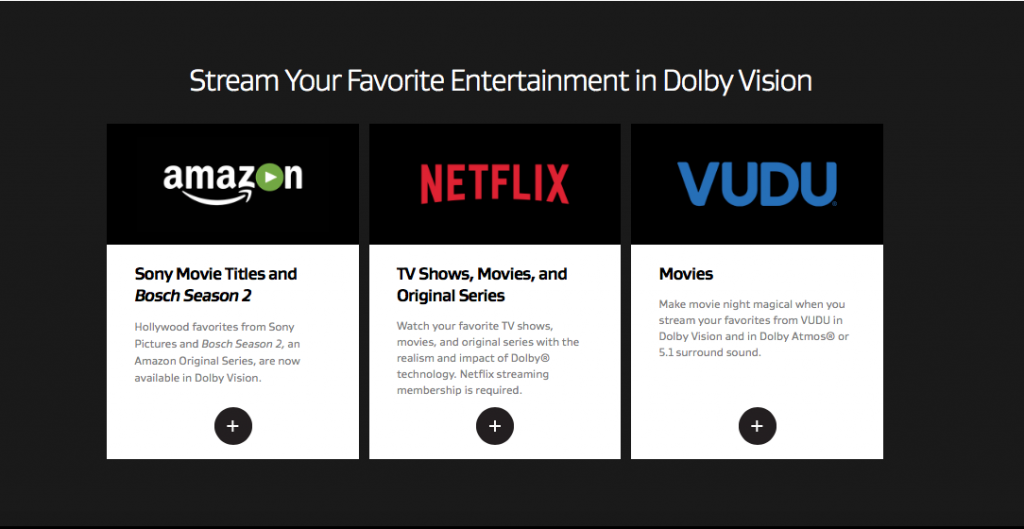
So, here is the list of the smartphones that offers HDR 10 and Dolby vision complaint in India.
LG G6: The cheapest smartphone that offers the HDR 10 and Dolby Vision is the LG G6, which is the latest flagship smartphone from Korea electronics giant. The device is available for ₹33,990 in India, with the following tech specifications. The LG G6 offers a new 18:9 aspect ratio IPS LCD screen, with 5.7-inch screen real estate and 2880 x 1440 pixels resolution. The device is powered by the last generation Qualcomm Snapdragon 820 Octa-core SoC, paired with 4 GB LPDDR4x RAM and 64 GB onboard flash storage with a dedicated micro SD card slot (up to 2 TB).
Coming to the camera capability, the device houses a 13 MP dual rear-facing camera with a wide-angle lens and a normal lens with features like portrait mode, optical image stabilization on the normal lens. For the selfie enthusiasts, the smartphone offers a 5 MP front-facing selfie shooter with 1080p video recording capability. In terms of design and build quality, this device is made like a gun and the IP68 certification will keep your smartphone secure even in the water (up to 30 minutes).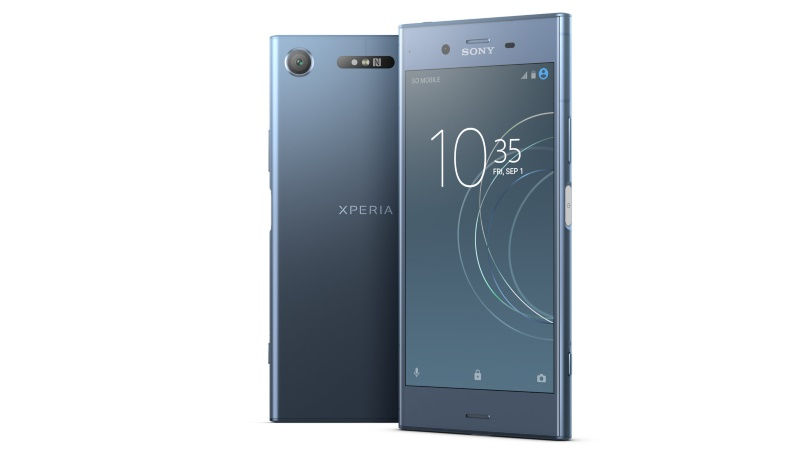
Sony Xperia XZ1: The latest flagship smartphone from Sony, the Xperia XZ1 also supports HDR 10 and Dolby Vision. The device retails in India for ₹44,839 and available across all major e-commerce sites and offline retail stores. Coming to the tech specifications, the device offers a 5.2-inch 1080p IPS LCD panel with Corning Gorilla Glass protection on the top. Under the hood, the device is powered by Qualcomm Snapdragon 835 Octa-core SoC, paired with 4 GB LPDDR4x RAM and 32 GB onboard flash storage with a dedicated micro SD card slot (up to 256 GB).
With respect to optics, the device offers a 19 MP main camera with CMOS sensor and 4K video recording capability. For the selfie enthusiasts, the smartphone has used a 13 MP wide-angle lens with 1080p video recording capability. Even the Sony Xperia XZ1 is IP68 certified against dust and water damage.
Sony Xperia XZ Premium: This smartphone is almost similar to that of the Sony Xperia XZ1, the major difference between the two models is the fact that, this phone uses a 5.5-inch 4K IPS LCD panel with HDR support. As a matter of fact, this is the first smartphone to use the 4K display on a handheld device. The smartphone is priced at ₹55,710 rupees and available across the country via offline and online retail stores.
In terms of tech specifications, the device is powered by Qualcomm Snapdragon 835 Octa-core SoC, paired with 4 GB LPDDR4x RAM and 64 GB onboard flash storage with a dedicated micro SD card slot (up to 256 GB). For the optics, the smartphone uses the same 19 MP camera which is found on the Xperia XZ1 with slow-motion HD video recording up to 960 frames per second. The device is IP68 certified so, don’t worry about water damage.
Samsung Galaxy S8 and Galaxy S8 Plus: These are the latest flagship smartphones from Samsung, the Galaxy S8 with 5.8-inch 18:9 aspect ratio Super AMOLED display retails for ₹54,900 and the Galaxy S8 Plus with 6.2-inch QHD+ Super AMOLED screen retails for ₹57,900. Both models have a unique design language and offer the best in the class display with punchier colours with support for HDR 10 and Dolby Vision. These smartphones are powered by Exynos 8895 Octa-core SoC, based on the custom CPU and offer 4 GB LPDDR4x RAM and 64 GB onboard flash storage with a hybrid SIM slot (up to 256 GB).
These smartphones are equipped with a single 12 MP main camera with F/1.7 aperture and OIS. The main camera does support 4K video recording capability, whereas the front-facing 8 MP selfie camera offers 1080p video recording capability with PDAF. Both smartphones offer wireless charging and fast charging. Like all the above-mentioned smartphones, these models are also IP68 certified.
Samsung Galaxy Note 8: The Samsung Galaxy Note 8 features a slightly larger 6.3-inch QHD+ Super AMOLED display with HDR 10 support out of the box. The device is powered by the same Exynos 8895 Octa-core SoC, paired with 6 GB LPDDR4x RAM and 64 GB onboard flash storage with a hybrid SIM card slot (up to 256 GB). The device retails in India for ₹67,900.
Coming to the camera capability, the device offers a dual 12 MP cameras on the back (wide angle plus telephoto) with X2 optical zoom, portrait mode, and 4K video recording capability. The smartphone is IP68 certified with wireless charging capability as well. As this model has the larger screen, it should enhance the overall multimedia consumption experience.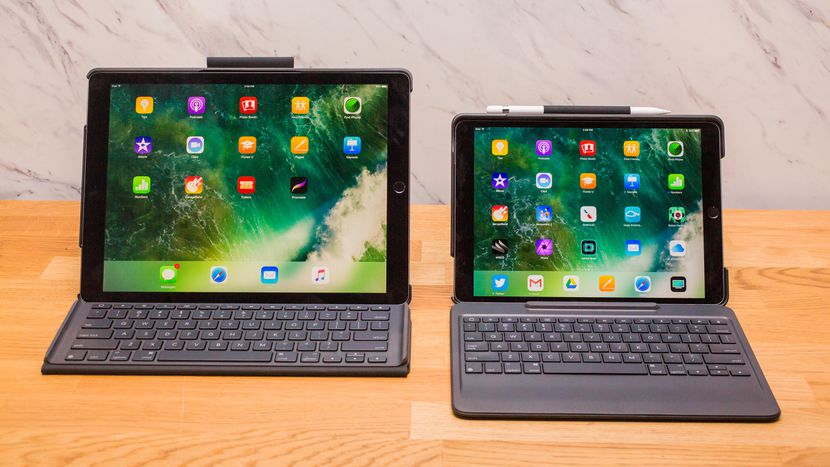
Apple iPad Pro (2nd generation): Probably, this is the only tablet that supports HDR 10 and Dolby Vision. Both 12.9-inch and the 10.5-inch 2nd generation iPads offer this support. The 10.5-inch model with 64 GB storage (WiFi only) model retails for ₹48,900 and the bigger 12.9-inch model with 128 GB storage (WiFi only model) retails for ₹75,900. Both models are powered by Apple A9X SoC, paired with 4 GB RAM and runs on latest iOS 11. These tablets also offer quad-speaker setup with enhanced music output.
Coming to the camera capability, these iPads offer 12 MP rear-facing camera with 4K video recording capability with slow motion 1080p video recording capability. These larger screens offer immersive colour reproduction and longer lasting battery (up to 10 hours). So, if you are considering a multimedia watching device, then stick with the iPads.
Apple iPhone 8 and iPhone 8 Plus: The Apple iPhone 8 and the iPhone 8 Plus offers a retina HD display with 4.7-inch and 5.5-inch screen resolution with HDR 10 and Dolby Vision compatibility. The 64 GB iPhone 8 retails for ₹64,000 and the 64 GB iPhone 8 Plus retails for ₹69,999. In terms of design and build quality, both models offer all-glass construction with aluminum frame. Both models are IP67 certified against the water and dust damage. These iPhones are powered by Apple A11 Bionic 6-core SoC, paired with 2 GB RAM, so, the multitasking and VR capability should be top of the notch.
Coming to the camera capability, the Apple iPhone 8 offers a single 12 MP camera with 4K video recording capability up to 60 frames per second. The smartphone offers slow motion 1080p video up to 256 frames per second. The Apple iPhone 8 Plus offers a dual 12 MP cameras with additional features like portrait mode, portrait lighting, and X2 optical zooming capability. Both models don’t offer a 3.5 mm headphone jack, which might be a bummer.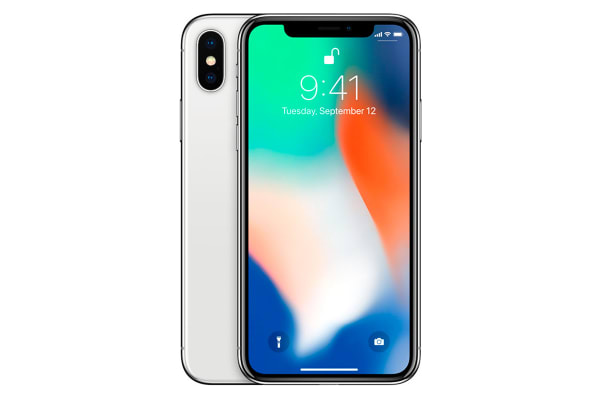
Apple iPhone X: Apple iPhone X is the first iPhone to feature an OLED display. The smartphone offers a bezel-less 2K OLED display with a top-notch on the top which houses Face ID. The device retails for ₹89,000 for the 64 GB model and ₹1,02,000 for the 256 GB model. Even this smartphone offers HDR complaint with support for HDR 10 and Dolby Vision. This is the first iPhone to feature home buttonless design.
Coming to the camera capability, the device offers a dual 12 MP cameras with OIS on both the lenses with 4K video recording capability up to 60 frames per seconds. The smartphone also offers additional features like Animoji, Face recognition unlock, which replaces the Touch ID.

